7 Tips to Know Before Buying Great Indoor Plants
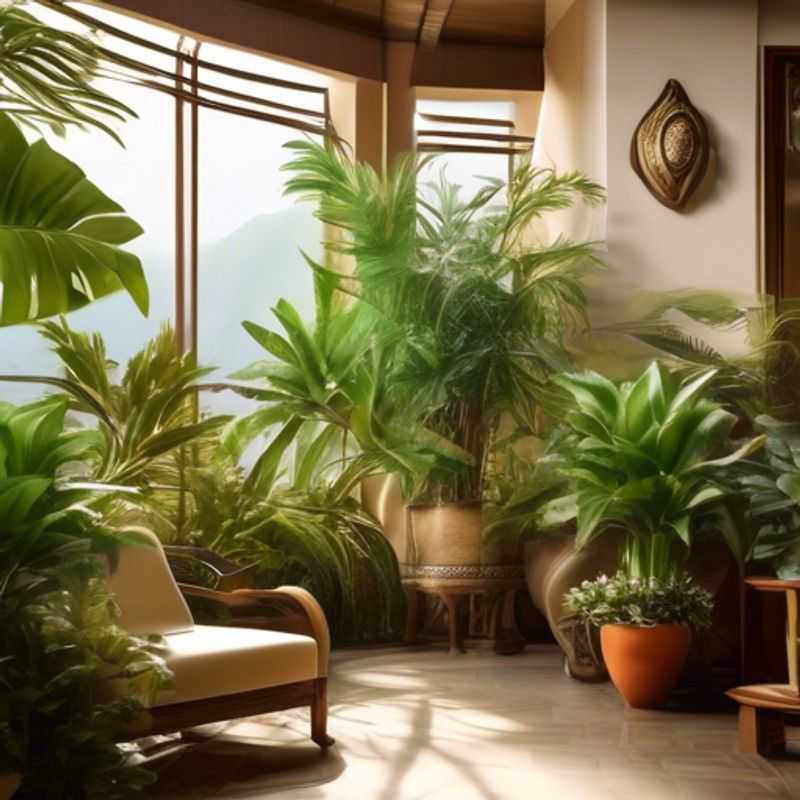
7 Tips for Picking the Perfect Indoor Plant: Lighting, Care, Size, Drainage, Temperature, Maintenance, and Lifestyle Fit
Bringing the beauty of nature indoors can be incredibly rewarding, but choosing the right plants for your home requires some thought and planning.
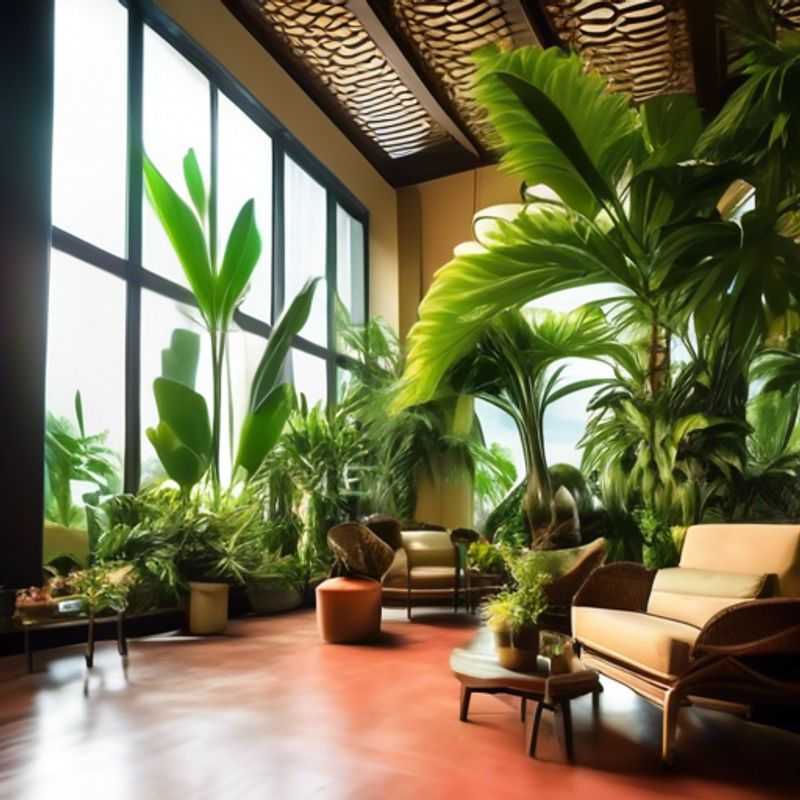
Lighting Conditions: Where Will Your Plant Thrive?
Plants need light to grow, so it's important to understand the lighting conditions in the area where you're going to place your plant. The amount of light a plant receives directly affects its growth and health.
The first step is to determine the amount of natural light the area receives. Consider the direction the windows face, the presence of any obstructions like trees or buildings, and the time of day. A south-facing window provides the most sunlight, followed by west and east-facing windows.
You can also measure the light intensity with a light meter, which can help you determine if the area receives enough light for your specific plant. Consult your plant's care instructions for its specific light requirements.
If the area doesn't get enough natural light, you can use artificial lighting to supplement. There are a variety of grow lights available, including fluorescent, LED, and HID lights. Make sure to choose the right type of grow light for your plants' needs and position them at the appropriate distance to ensure optimal growth.
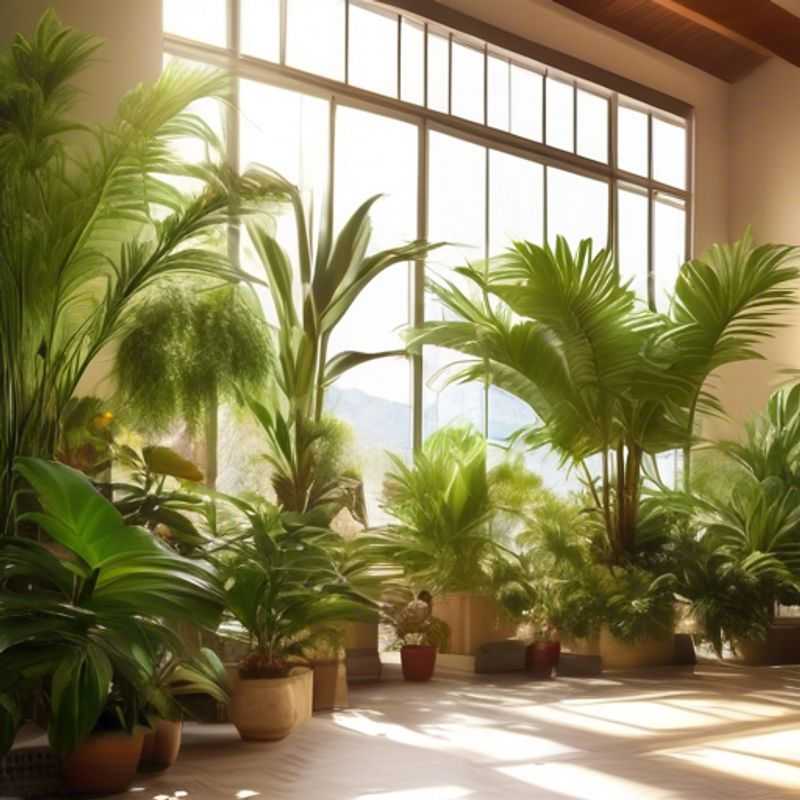
Know Your Plant: Researching Specific Care Needs for Healthy Growth
Understanding a plant's specific care requirements is crucial for its successful growth. Researching the species is essential for maximizing its health and longevity. Here's a concise guide:
1. Identify the species: Determine the precise name of your plant. Accurate identification is the first step to understanding its needs.
2. Light: Find out the plant's light preference. Is it a sun-lover, shade-tolerant, or something in between? The amount of light it receives will significantly impact its growth.
3. Watering: Learn the plant's watering needs. Some plants prefer consistent moisture, while others require more infrequent watering. Overwatering is a common cause of plant death, so it's vital to get this right.
4. Soil: Research the type of soil your plant thrives in. Drainage, pH, and nutrient content are crucial factors. Different plants have different soil preferences.
5. Temperature and Humidity: Consider the plant's optimal temperature and humidity levels. Some plants are sensitive to temperature fluctuations or require a specific humidity range.
6. Fertilizer: Determine the appropriate fertilizer and feeding schedule. Different plant species have different nutrient requirements.
7. Pest and Disease: Familiarize yourself with common pests and diseases that can affect your plant. Knowing the signs and potential treatments can help prevent major issues.
8. Pruning and Maintenance: Understand the plant's pruning requirements. Regular pruning can improve its shape, health, and encourage new growth.
9. Repotting: Determine when and how to repot your plant as it grows. Repotting provides fresh soil and a larger container for healthy root development.
10. Dormant Period: Some plants have a dormant period, during which they require minimal care. Research this aspect for your particular plant species.
Remember, researching the specific care requirements of your plant species is an investment in its health and longevity.
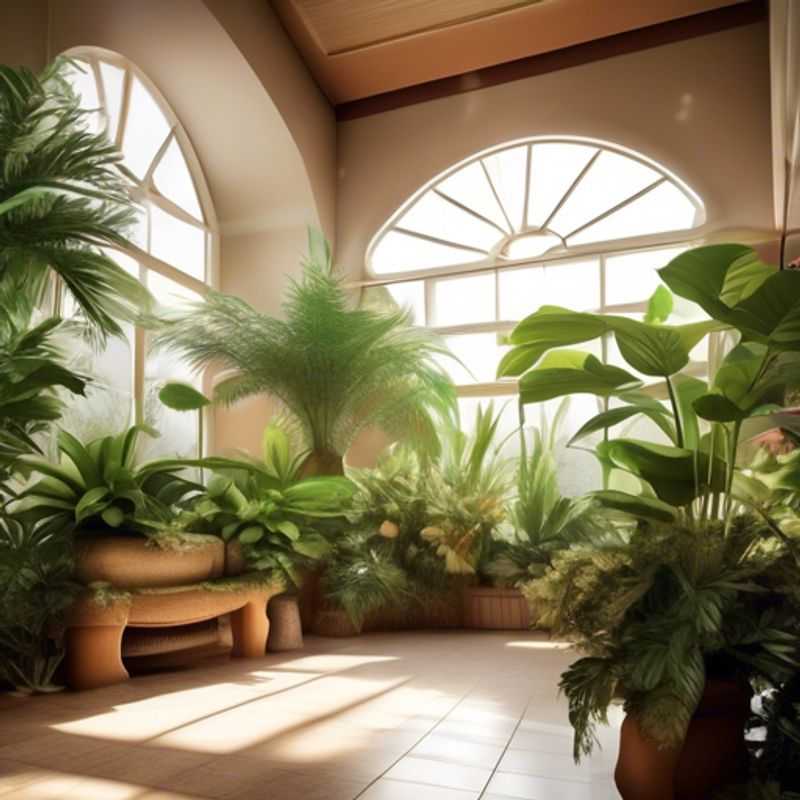
Choosing the Right Plant Size for Your Home: A Guide to Growing Happiness
When choosing a plant for your home, it's crucial to consider the size of the plant and the available space. This ensures your plant has adequate room to grow and thrive.
First, assess the mature size of the plant. Some species can grow quite large, reaching several feet in height or width. If you're limited on space, opt for a smaller variety or consider pruning regularly to manage its size.
Next, evaluate the space you have available. Consider the height of your ceilings, the width of your windows, and the amount of floor space. You'll want to choose a plant that fits comfortably within its environment.
Additionally, factor in the plant's growth habits. Some plants have sprawling branches or vines that require extra space. If you have limited space, a more compact or upright variety might be a better choice.
Remember, choosing the right size plant for your home is essential for its health and your enjoyment. Proper planning can create a harmonious balance between your plant's needs and your living space.
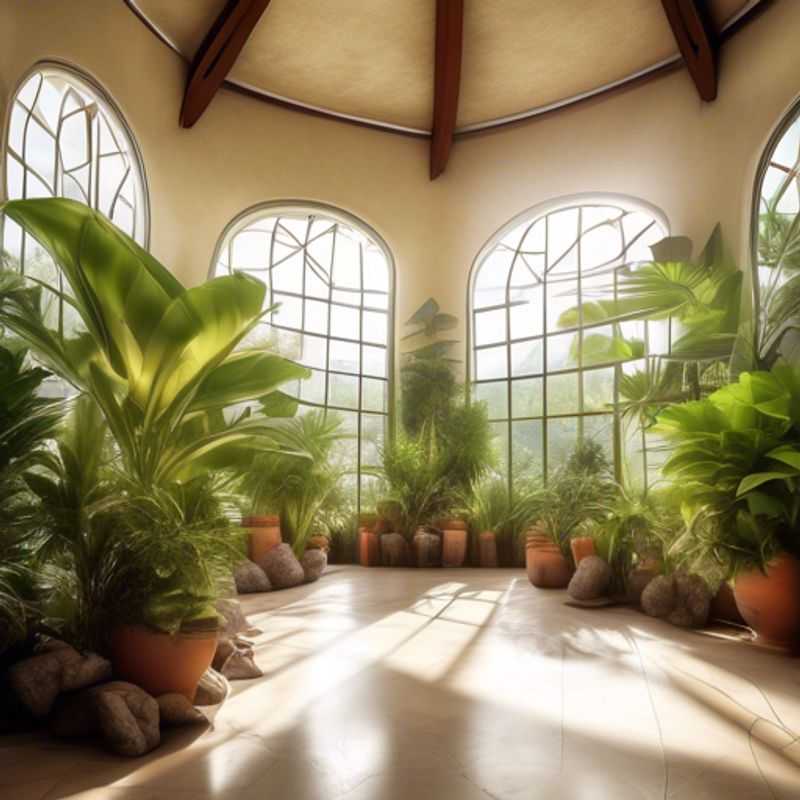
Drainage is Key: Prevent Overwatering and Keep Your Plants Happy
Ensuring proper drainage in your plant container is crucial to prevent overwatering and maintain a healthy plant. Here's a quick guide:
Choose the right container: Select a pot with drainage holes at the bottom. Avoid containers that are too large, as they retain more water, leading to root rot.
Check for drainage: Before planting, ensure that the drainage holes are not clogged. If they are, clean them out with a small wire or tool.
Use the right potting mix: A well-draining potting mix is essential. It allows excess water to flow out, preventing the roots from sitting in soggy soil.
Don't overwater: Water your plants thoroughly when the soil feels dry to the touch. Avoid watering on a set schedule, as plant needs can vary depending on factors like sunlight, temperature, and plant size.
Check for water retention: If you notice water pooling in the bottom of the pot, it's a sign of poor drainage. This can indicate a clogged drainage hole, a pot that is too large, or a potting mix that is too dense.
Use a saucer: A saucer can catch excess water that drains out of the pot, preventing the plant from sitting in standing water.
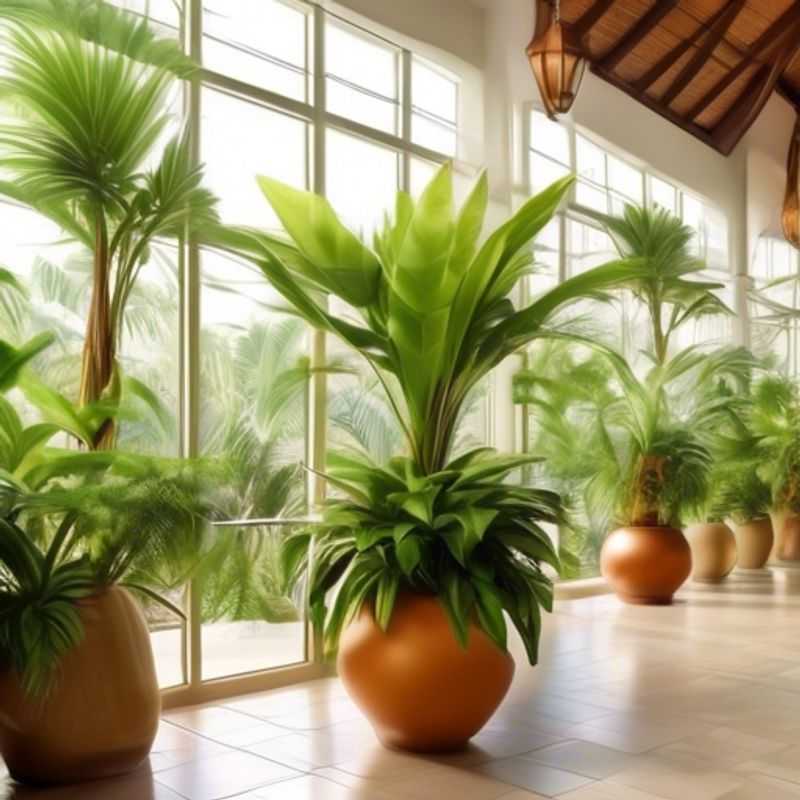
Unlocking Plant Happiness: The Perfect Temperature and Humidity Levels
Plants, like all living things, thrive within a specific temperature and humidity range. This range can vary depending on the plant species, but there are some general guidelines to keep in mind.
Most houseplants prefer temperatures between 65°F and 75°F (18°C and 24°C). These temperatures are ideal for photosynthesis and growth. Temperatures below 60°F (15°C) can slow growth, and temperatures above 80°F (27°C) can stress the plant.
Humidity is also important for plant health. Most houseplants prefer humidity levels between 40% and 60%. This is because plants lose moisture through their leaves, and if the air is too dry, they can dehydrate. You can increase humidity by placing a humidifier near your plants or by grouping plants together.
Monitoring your plants is the key. If your plants are drooping, wilting, or developing brown spots, they may be experiencing temperature or humidity stress. Adjust the environment as needed.
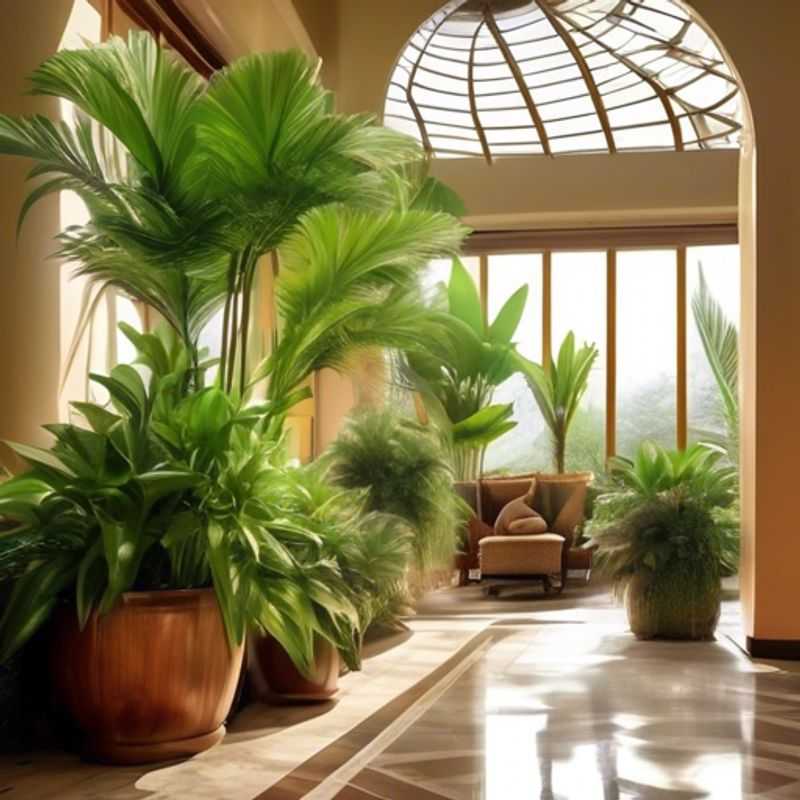
Keeping Things Running Smoothly: The Importance of Regular Care and Maintenance
To ensure the longevity and optimal performance of any system, it is crucial to provide regular care and maintenance. This includes routine checks, cleaning, and necessary repairs. Regular maintenance helps in identifying potential issues early, preventing costly repairs down the line.
Key activities to include in your maintenance plan are: inspections, which should be conducted at least quarterly to assess functionality; cleaning to remove debris and dirt that can hinder performance; and lubrication of moving parts to reduce friction and wear. Additionally, replacing worn-out components is essential to maintain efficiency.
When estimating a maintenance plan, consider the cost of professional services if needed, such as HVAC inspections or plumbing checks, which can range from $50 to $200 per visit. Also, factor in the cost of replacement parts and any scheduled upgrades that may enhance the system's performance.
In summary, being prepared to provide necessary care and maintenance regularly is vital for achieving optimal performance. Implementing a structured plan not only saves money in the long run but also ensures peace of mind.
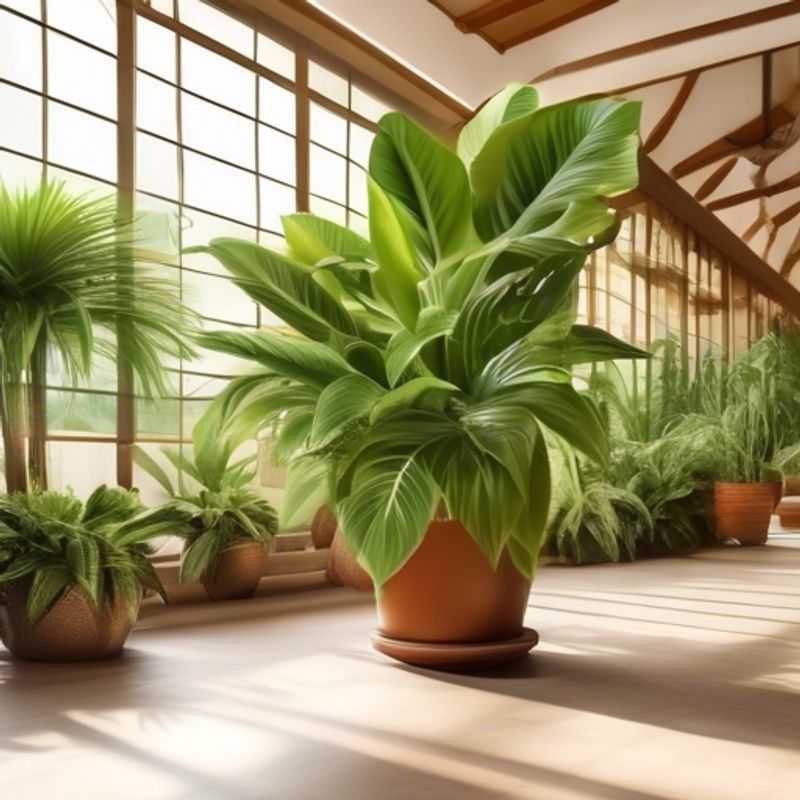
Choosing the Right Plant for Your Lifestyle: A Guide for Plant Parents of All Levels
Choosing the right plant for your home is crucial. It all starts with understanding your lifestyle and skill level as a plant owner. Consider your living environment, such as the amount of light available. Are you a busy person or someone who enjoys tending to plants frequently? The more time you can dedicate, the more demanding a plant you can choose.
For beginners, low-maintenance plants are ideal. These plants often thrive in a range of conditions, like cacti and succulents, which require less watering and tolerate less-than-ideal light. However, if you have a green thumb and want to add vibrant life to your home, consider plants that need more attention, such as ferns or orchids. They might require more watering, specific light conditions, and potentially even fertilizer.
Researching specific plant needs is essential. Knowing your plant's ideal light conditions, watering frequency, and soil preferences can make all the difference. You can find this information online or at local gardening centers.
